KODAK 16mm delivers the connective visual thread for times, places and emotions in Ava DuVernay's 'Origin'
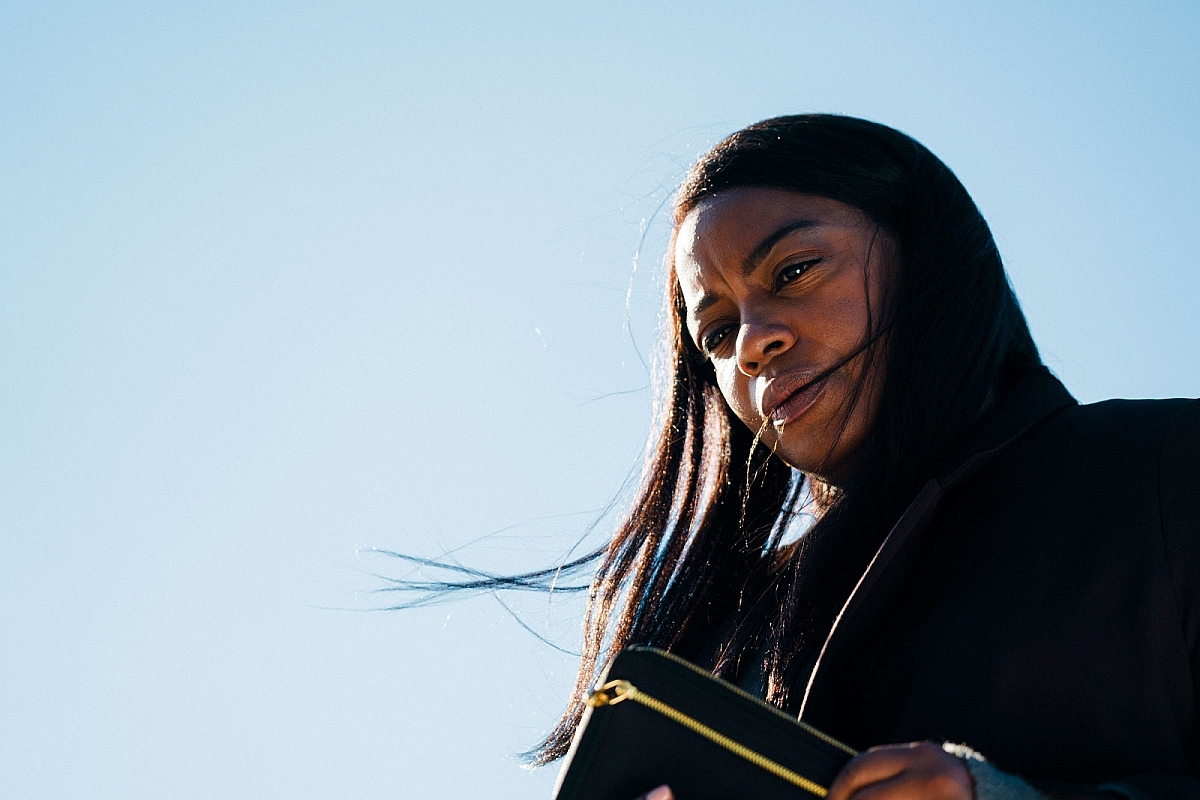
Aunjanue Ellis-Taylor as Isabel Wilkerson in ORIGIN, written and directed by Ava DuVernay. Photo by Atsushi Nishijima. Courtesy of NEON.
Written and directed by Ava DuVernay, with cinematography on KODAK 16mm film by DP Matthew J Lloyd ASC, Origin chronicles the remarkable life and work of Pulitzer prize-winning author Isabel Wilkerson, as she investigates the genesis of injustice and exposes hidden truths that affect us all.
The thought-provoking biographical drama is based on Wilkerson's best-selling 2020 non-fiction book, Caste: The Origins of Our Discontents. In it, she describes the caste system as a process that has artificially created social hierarchies which have been used to subjugate people in many cultures around the world, often to the point of complete dehumanization for those at the bottom of the stratification.
As with the book, the movie portrays racism in the United States as an aspect of a centuries-old caste system and compares the experience of American people of color to the even-older caste systems of India. It also links the inherent degradations within systems of caste to the rise of Nazi Germany and the horrific crimes of the Holocaust.
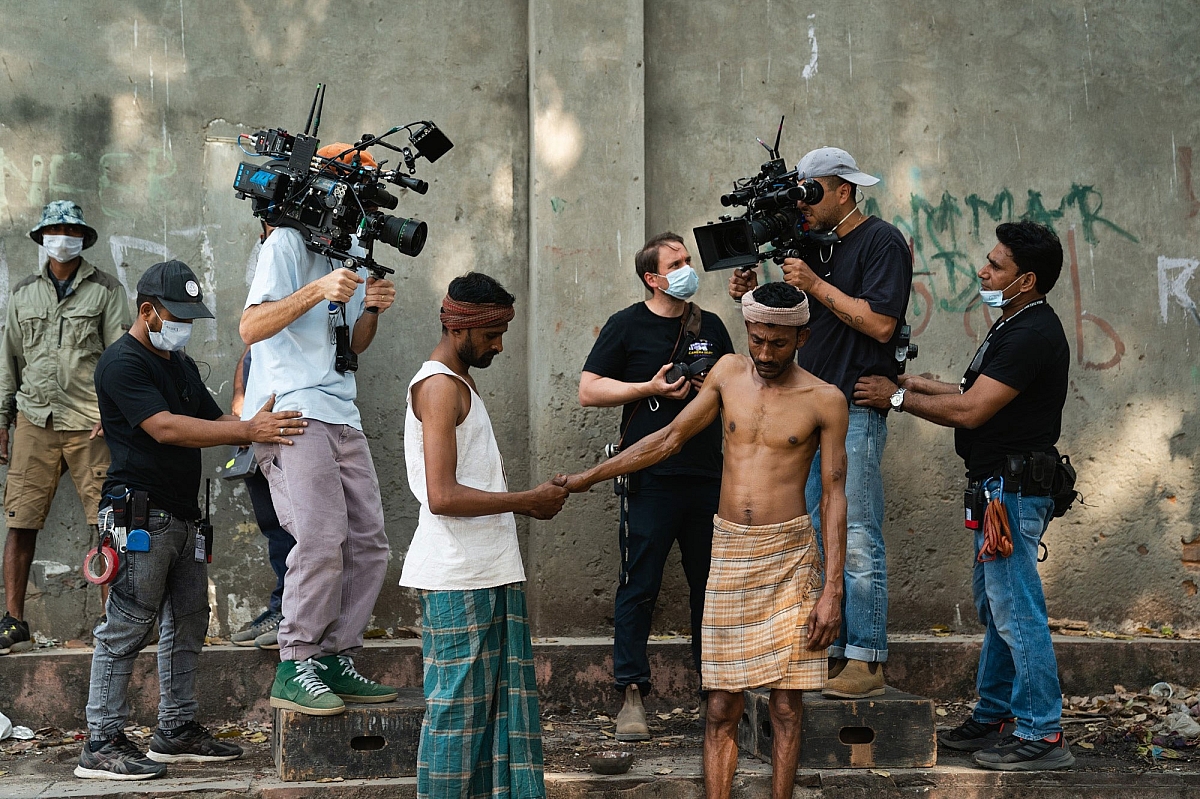
Behind-the-scenes photo from the production of Ava DuVernay's ORIGIN. Photo by Atsushi Nishijima. Courtesy of NEON.
DuVernay's film, made outside of the studio system, interweaves Wilkerson's own contemporary personal journey – the effects of family tragedies as she investigates the subject of caste across different continents – with historical depictions of case studies from her research, using KODAK 16mm film to deliver the connective visual thread between times, places and emotions.
Scenarios depicted include: the killing of Trayvon Martin by George Zimmerman in 2012; the infamous 1933 Nazi book burnings in Berlin's Bebelplatz; a portrait of Dr. Bhimrao Ambedkar, the Dalit scholar who grew up in poverty as an 'untouchable' on the lowest rung of India's social hierarchy and went on to help draft the country's constitution; and the 1951 story of Al Bright, an 11-year-old Black boy who was banned from entering the swimming pool in which his white Little League teammates were celebrating.
Origin had its world premiere at the 2023 Venice Film Festival, where it was widely applauded as a film with 'strength and purpose', 'unafraid to ask big questions' about prejudice, bias and intolerance, along with earning praise for its powerful performances.
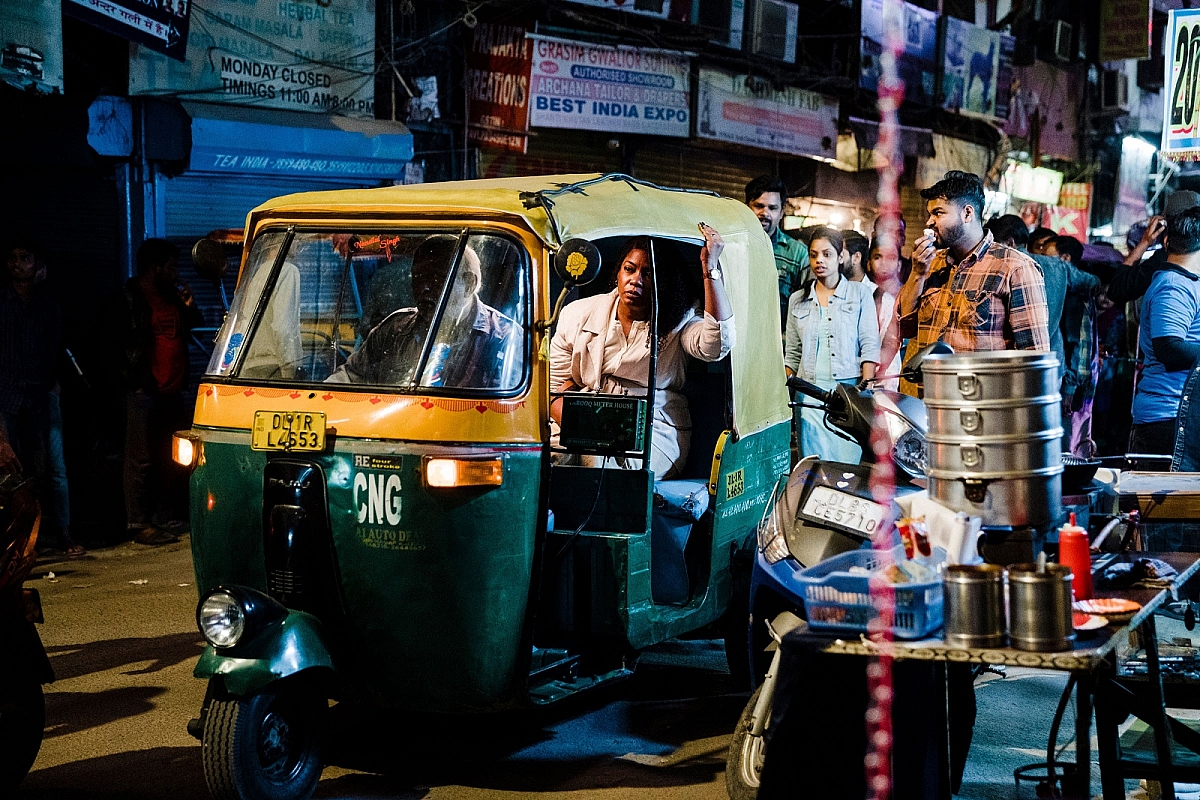
Aunjanue Ellis-Taylor as Isabel Wilkerson in ORIGIN, written and directed by Ava DuVernay. Courtesy of NEON.
Aunjanue Ellis-Taylor stars as Wilkerson, alongside Jon Bernthal as Wilkerson's husband, Brett Hamilton, Niecy Nash-Betts as cousin Marion, together with Vera Farmiga, Audra McDonald, Nick Offerman and Blair Underwood.
Production on Origin began December 12, 2022 and wrapped 37 shooting days later on March 3, 2023, taking in the southern region of the United States, Germany and India. The first five weeks of the shoot took place at locations around Savannah, Georgia, followed by a week in Berlin, Germany, and a week in Delhi, India.
"I am always reading and trying to learn about the human condition," says DuVernay. "Isabel Wilkerson's book put forward new ideas, philosophies and theories about caste as a social hierarchy that determines power and status in different cultures and continents, revealing the abuse, enslavement or extermination of an underclass.
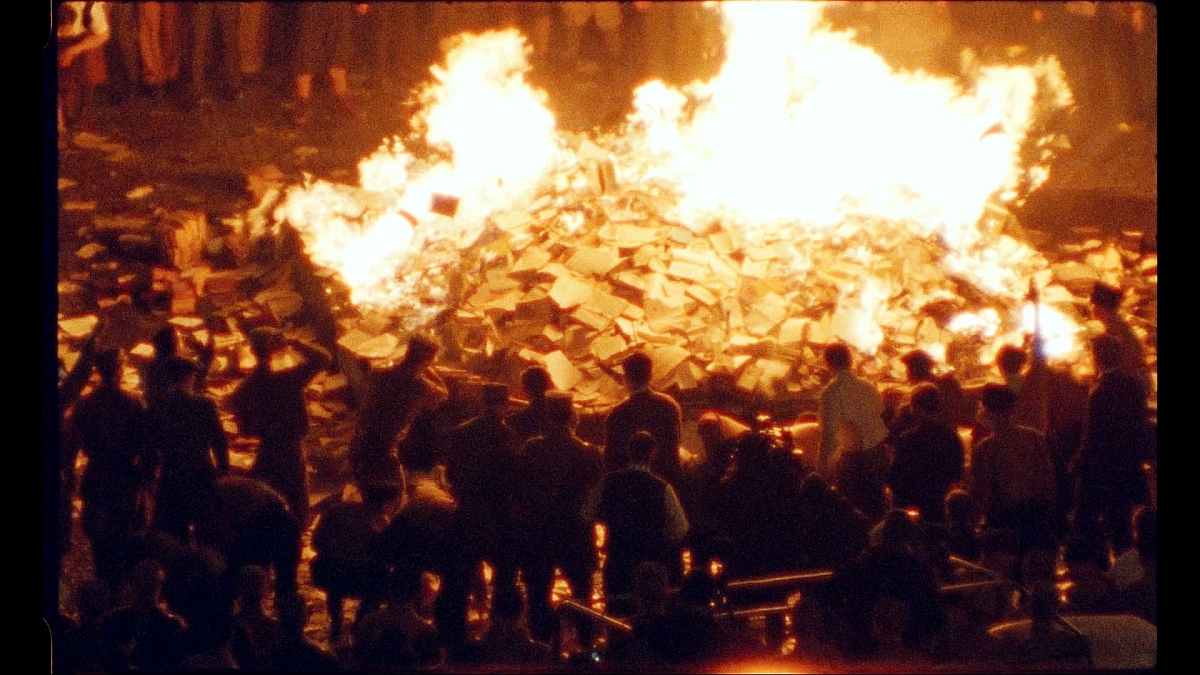
A scene from ORIGIN, written and directed by Ava DuVernay. Courtesy of NEON.
"I was entranced by these ideas – they felt crispy, with an edge that really drew me in. Along with racism, you can apply the concept far wider to reframe and re-examine things such as sexism, homophobia, Islamophobia and anti-Semitism.
"So, I reached out to her as I would to any author where I'm interested in adapting their work. That was the beginning of a couple of years of many Zoom calls, and hours and hours and hours of conversations with her about caste, her own life and her relationships. I liked the idea of Isabel being the primary character to take us through these complex ideas and to have two trains running side-by-side – Isabel's personal story and the historical sweep of her work."
However, DuVernay was all too aware of the film being a tough pitch to Hollywood executives, and she wanted to it hit screens soon as possible.
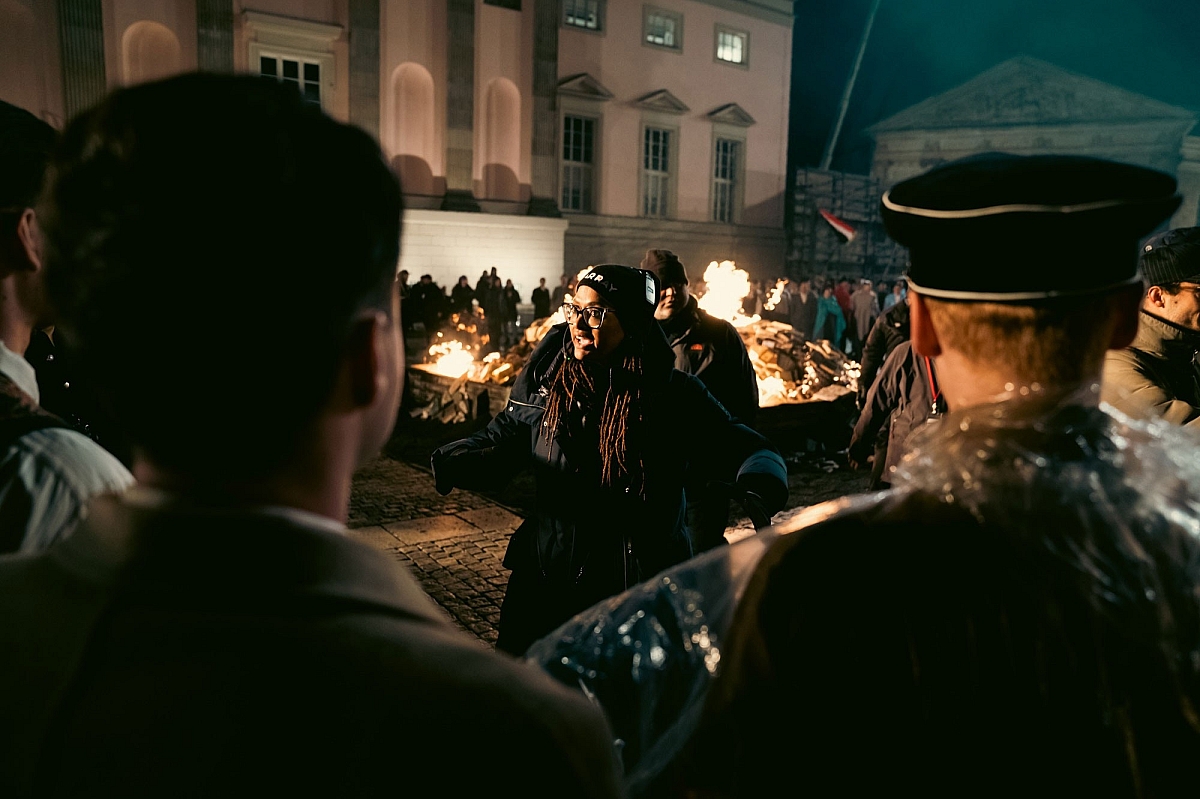
Behind-the-scenes photo from the production of Ava DuVernay's ORIGIN. Photo by Atsushi Nishijima. Courtesy of NEON.
She explains, "The industry currently does not, and never has, supported films about women on intellectual quests, especially Black women investigating large, weighty subject matters and social inequities. Also, I wanted the film to release a year before the next election in the US, with the idea of focusing people's attentions on some of this stuff. So, I chose not to spend time talking around town and getting turned down and decided to raise the money independently."
Partnering with Regina Miller, who heads Array, the non-profit arts and social change collective founded by DuVernay, led to $38 million of funds being secured from philanthropic sources – including the Ford Foundation, Laurene Powell Jobs at Emerson Collective and Melinda Gates of Pivotal Ventures – as well as like-minded individual benefactors, including NBA star Chris Paul, amongst others.
When it came to shooting, DuVernay is unequivocal that Origin simply had to be filmed on film, despite never having shot on this format before.
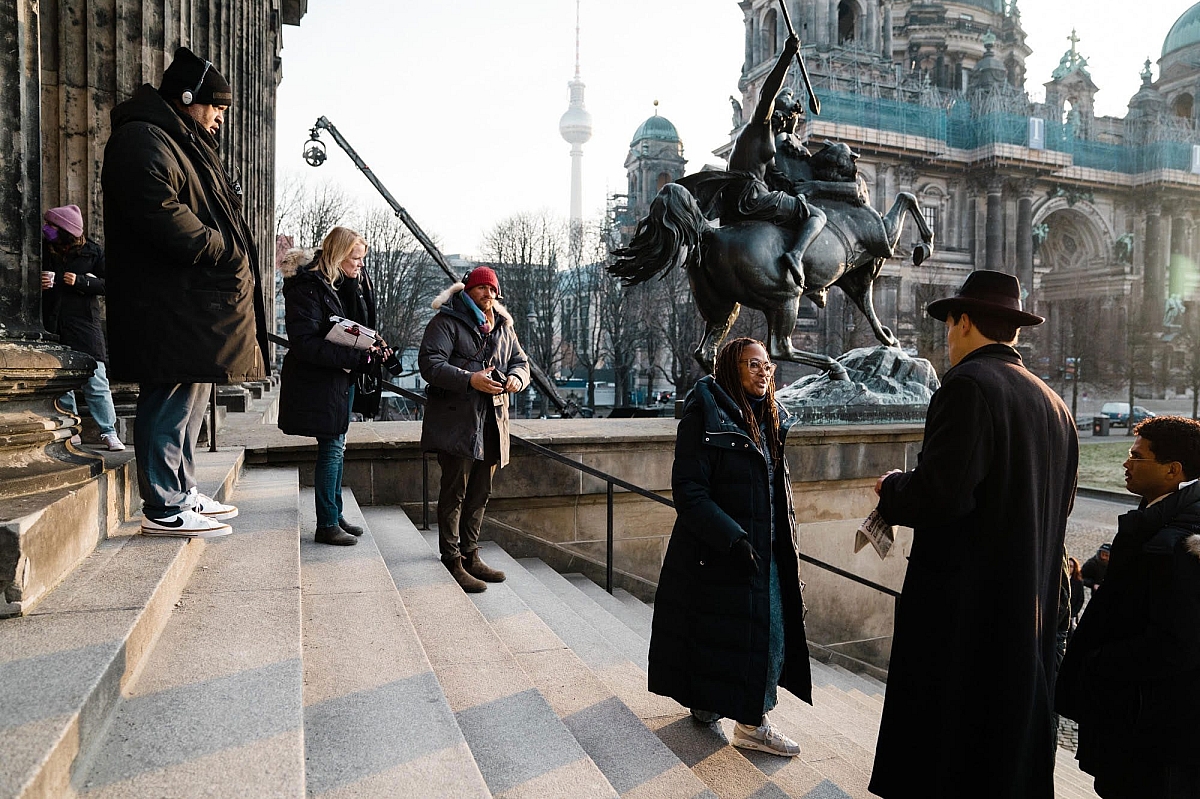
Behind-the-scenes photo from the production of Ava DuVernay's ORIGIN. Photo by Atsushi Nishijima. Courtesy of NEON.
"There is a disparity between men and women who have the impulse to shoot on film in the studio or streamer systems, and I have always been previously denied the opportunity," she remarks. "So, when I raised the money for this production, one of the first things I did was to grant myself the opportunity to shoot on film.
"16mm is delicious to me. When I see it, I just want to lick the screen. I love the way it looks, the texture and the feelings it evokes. I felt it could hold all of the emotions and the different stories that we were going to pursue in different ways – from the historic to the contemporary and even to the surreal at points."
To help bring her script to life on the screen, DuVernay turned to DP Matthew J Lloyd ASC, with whom she had collaborated previously on the TV series Colin in Black & White (2021), Naomi (2022) and DMZ (2022).
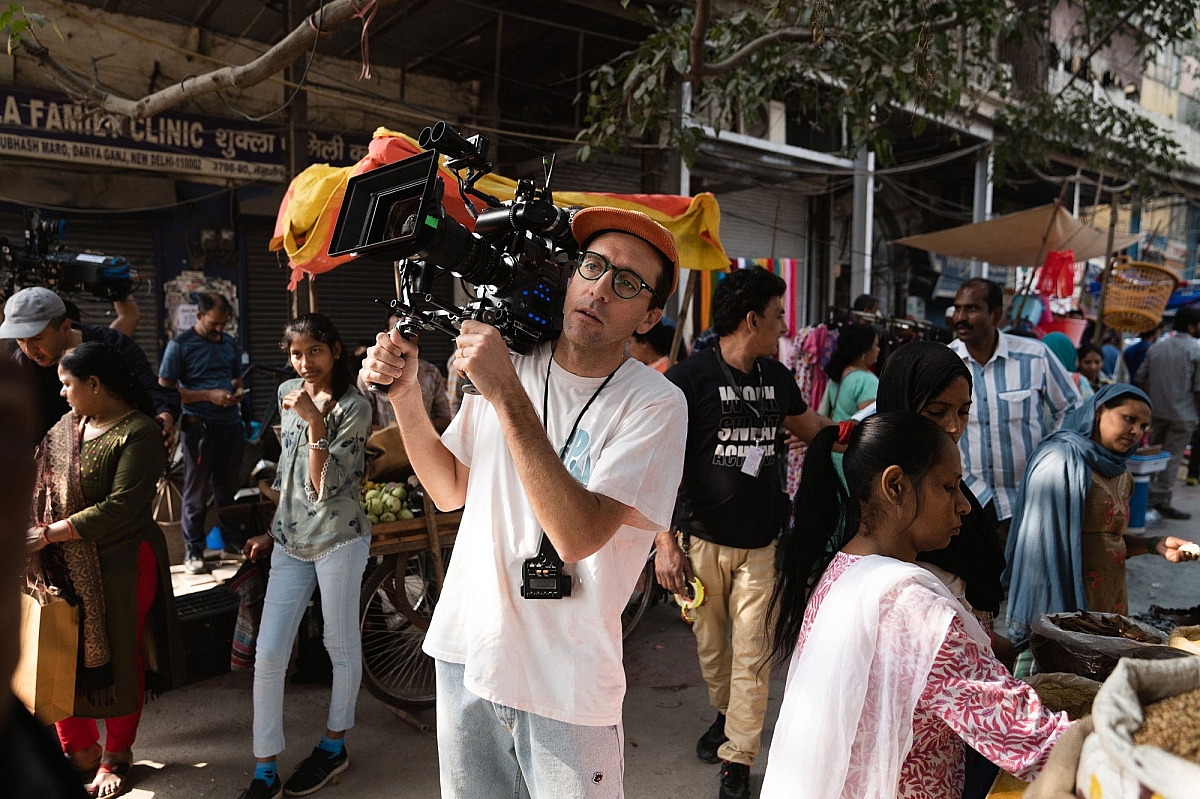
Behind-the-scenes photo from the production of Ava DuVernay's ORIGIN. Photo by Atsushi Nishijima. Courtesy of NEON.
"The subject of caste animated, and was the foundation of, everything we did," says Lloyd. "Ava's visual process is reductive, rather than additive. She tries to get to the core of the visual approach during prep. Instead of having a truck full of references, with Ava it's quite the opposite. It's more like carving at a block wood to reveal the form.
"Visually speaking, she wanted the film to feel unified and cohesive and had no interest in developing separate 'looks' or using different formats to delineate between time periods and geographies. She also wanted to depict Isabel Wilkerson's desire to be 'really inside the story' and to put the audience into the visceral, emotional heart of moments in history and Isabel's life.
"I knew the aesthetic and textural qualities of 16mm would help to mirror Isabel's connective thesis across all of the different scenarios of time and place, while the maneuverability of the 16mm cameras would help deliver the necessary intimacy. That said, I did have concerns about the logistics and workflow of shooting on film in three different continents."
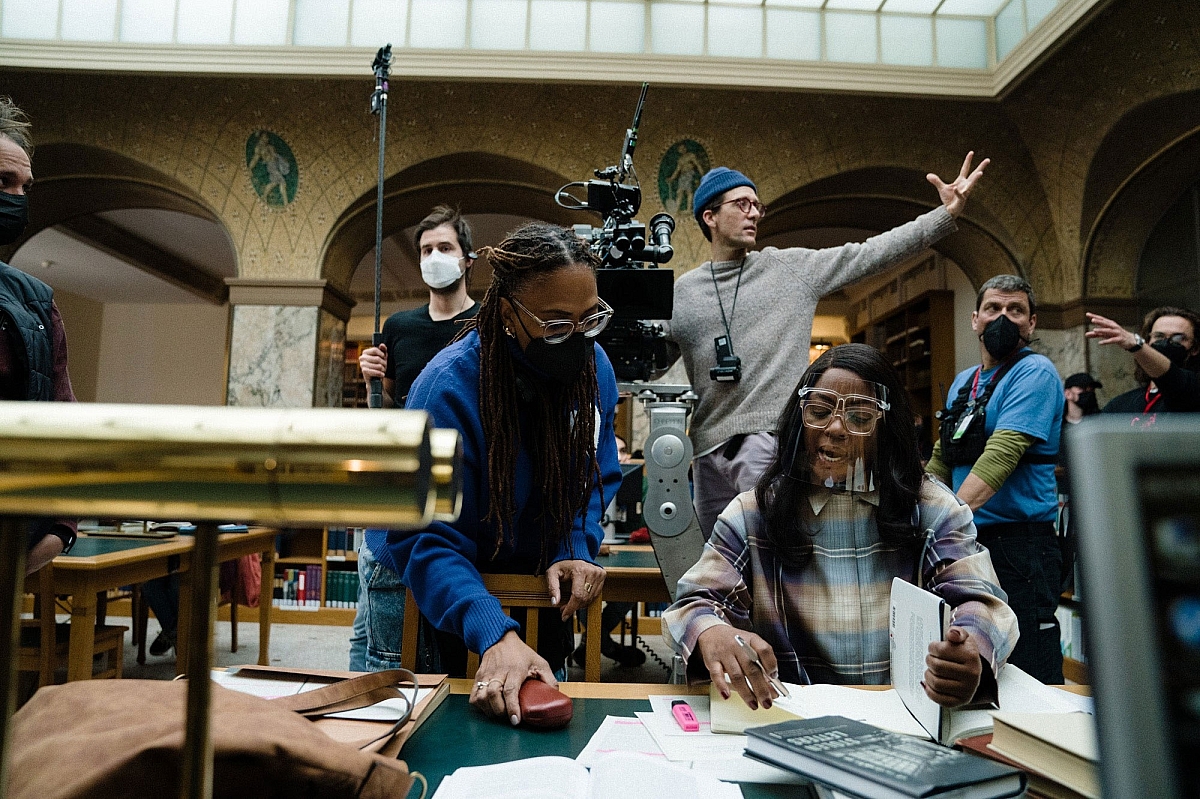
Behind-the-scenes photo from the production of Ava DuVernay's ORIGIN. Photo by Atsushi Nishijima. Courtesy of NEON.
In terms of references, Lloyd says Schindler's List (1993, dir. Steven Spielberg, DP Janusz Kamiński) was a high watermark for its profound emotional intensity and the communication of ideas about suffering and trauma. He and DuVernay also considered the work of seminal Black American photographers including Gordon Parks and Roy DeCarava, whose carefully crafted works capture the essence of real life. They also referenced Carol (2015, dir. Todd Haynes, DP Ed Lachman ASC) to imbibe the textural qualities of 16mm, and Oliver Stone's JFK (1991, DP Robert Richardson ASC) for how to communicate the intricacy of an investigation.
After a great deal of testing and discussion with DuVernay during pre-production, Lloyd framed the narrative in 1.85:1, using ARRIFLEX 416 16mm cameras fitted variously with Cooke S4 primes, a Canon 6.6-60mm zoom, and a vintage Petzval 58mm lens. The camera and lens package were supplied by Keslow Camera in LA.
"In pursuit of the look that Ava liked, we tested a wide range of coated/uncoated, modern/vintage, spherical/Anamorphic 16mm lenses, and assessed under/overexposure of different film stocks, together with a variety of push/pull photochemical processes at the lab," Lloyd reveals.

Emily Yancy as Ruby Wilkerson and Jon Bernthal as Brett Hamilton in ORIGIN, written and directed by Ava DuVernay. Photo by Atsushi Nishijima. Courtesy of NEON.
"Shooting 1.85:1 aspect ratio was the most photographic in terms of the images that we had been looking at together during prep. As for the lenses, we preferred how the Cooke S4s and the Canon zoom could resolve enough fine detail in our wide shots on 16mm film, and thereby obviate the need to go to 35mm film for those.
"At the same time, those lenses were not too sharp and had softer contrast, as compared to more modern spherical lenses, which leaned into the 16mm vibe. Ava also responded to how the glass rendered skin tones on 16mm film, especially in our naturalistic settings.
"We carried a Petzval 58mm for specific moments in the film where we wanted a different character to the portraiture, such as when Isabel first meets Brett, her future husband."
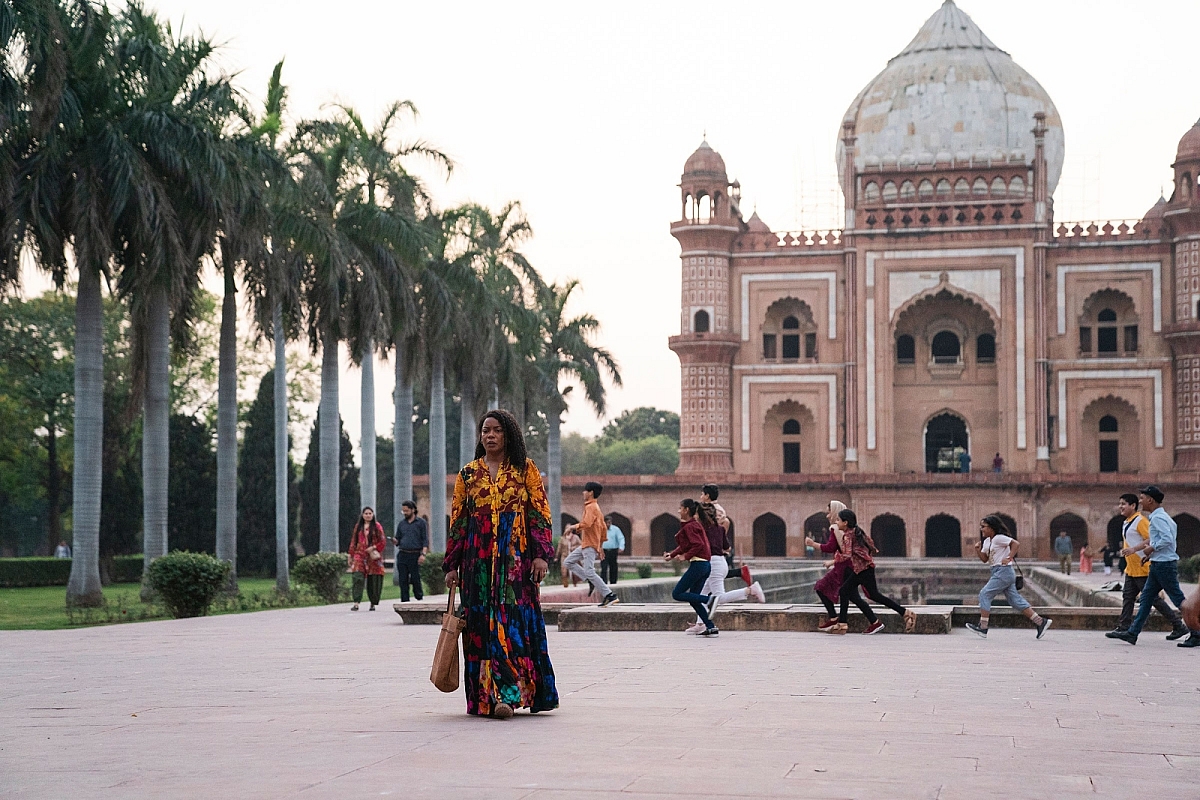
A scene from ORIGIN, written and directed by Ava DuVernay. Courtesy of NEON.
Origin was shot using KODAK VISION3 250D Color Negative Film 7207 and KODAK VISION3 500T Color Negative Film 7219 16mm film stocks. The 250D 7207 was the predominant stock for interior/exterior day work, with 500T 7219 used for low-light and nighttime scenarios. Film processing and 2K scanning was done at Kodak Film Lab Atlanta, Kodak Film Lab UK and Film Lab, a Kodak-approved facility in Mumbai.
"Savannah, Berlin and Delhi – all those places have their own innate aesthetics and didn't actually need much by way of individual photographic rendering to make them distinctive," says Lloyd. "I rated the 250D 7207 at 320ISO and had it push-processed by one stop at the lab to give it the kick Ava liked, but the 500T 7219 was exposed and processed normally. Whether we were shooting historic depictions or present-day scenes, the set dressing and costumes took us automatically to the time and place, with the grain and texture of 16mm film supporting those transitions and helping to convey the emotional intimacy."
Lloyd adds, "Aunjanue is a stunning artist, a beautiful person and her face leaped off the screen in our first tests. During the testing process, we determined where her skin tone should fall on the film exposure curves and then maintained that throughout. That was fantastic for me because it was exactly at the midpoint of the film stocks' latitudes and was a very simple guide for setting the exposures. Maintaining her tonality for the entirety of the movie gave a really beautiful, naturalistic rendering that was very consistent despite the different lighting conditions."
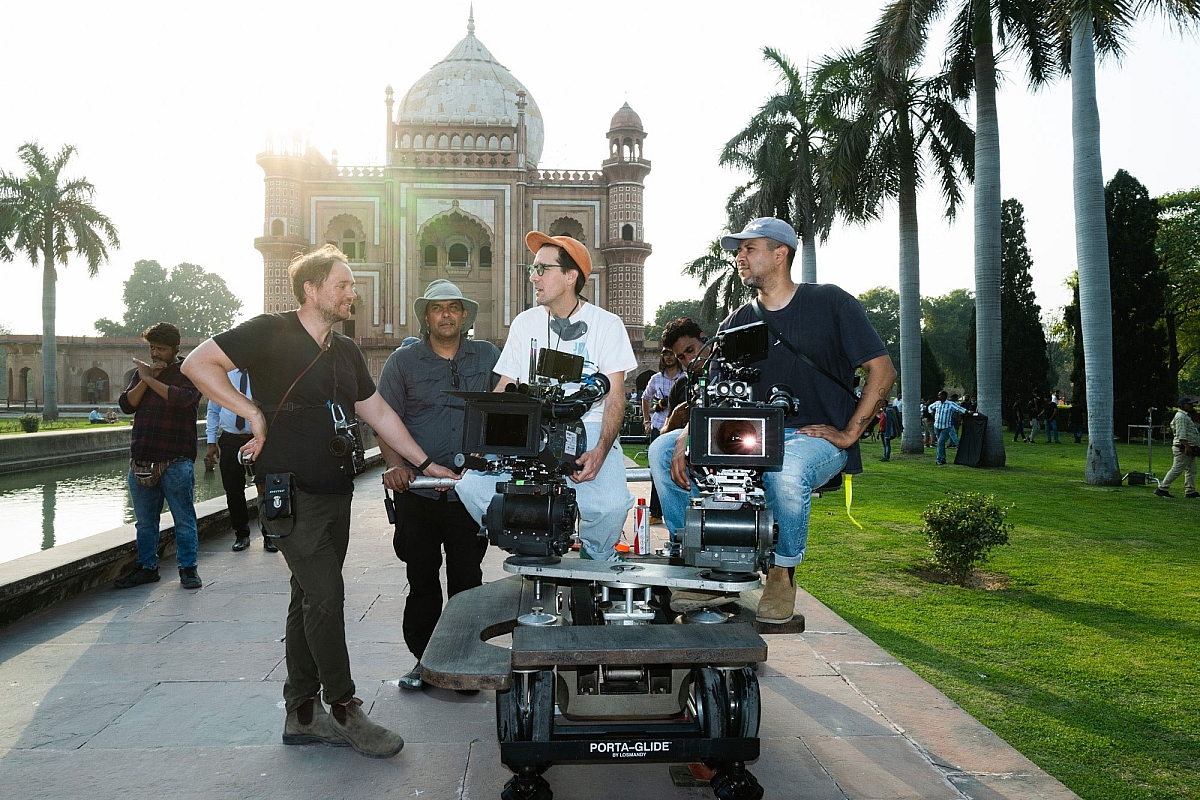
Behind-the-scenes photo from the production of Ava DuVernay's ORIGIN. Photo by Atsushi Nishijima. Courtesy of NEON.
With regard to his initial misgivings about the logistics and workflow of shooting on three continents, Lloyd says these were dispelled by collaboration and teamwork.
He explains, "Mel Mathis, senior VP of marketing at Keslow, together with my longtime focus puller David Edsall, did a great job in wrangling and dispatching the cameras and lenses in the first instance. During our pre-scouts in Georgia, Germany, and India, I took along an ARRIFLEX 416 and shot 25,000 feet of 16mm film, and some of that footage made it into the final film. This preliminary experience gave me real insight into the issues we would face during actual production.
"Upon our return from those scouts, Tom Poole, our DI colorist at Company3 in New York, sat with that test material and codified the look of the film positive and created a simple color pipeline that would work well throughout production.
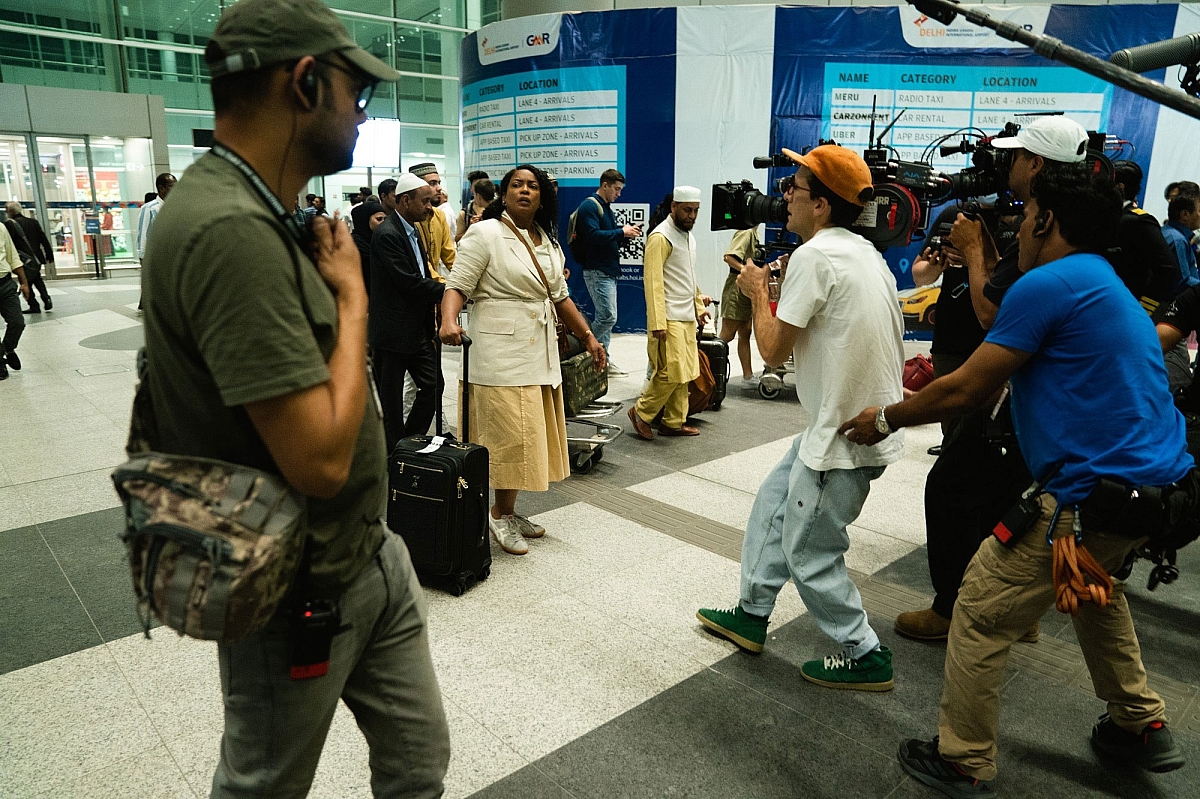
Behind-the-scenes photo from the production of Ava DuVernay's ORIGIN. Photo by Atsushi Nishijima. Courtesy of NEON.
"During production, Ava's producing partner, Paul Garnes, was able to keep the equipment moving through customs in different countries, which allowed us to keep the same package throughout, and was adept in working with local authorities to obtain shooting permits, such as the book burning scenes we filmed in Berlin, where we had as many as five cameras.
"Kodak or their local partners made sure we were always supplied with adequate quantities of film stock during the shoot, and the operatives at the different labs we chose proved perfectly efficient in developing and scanning the rushes."
Lloyd was also thankful to have had the same core camera and lighting team with him throughout the production.
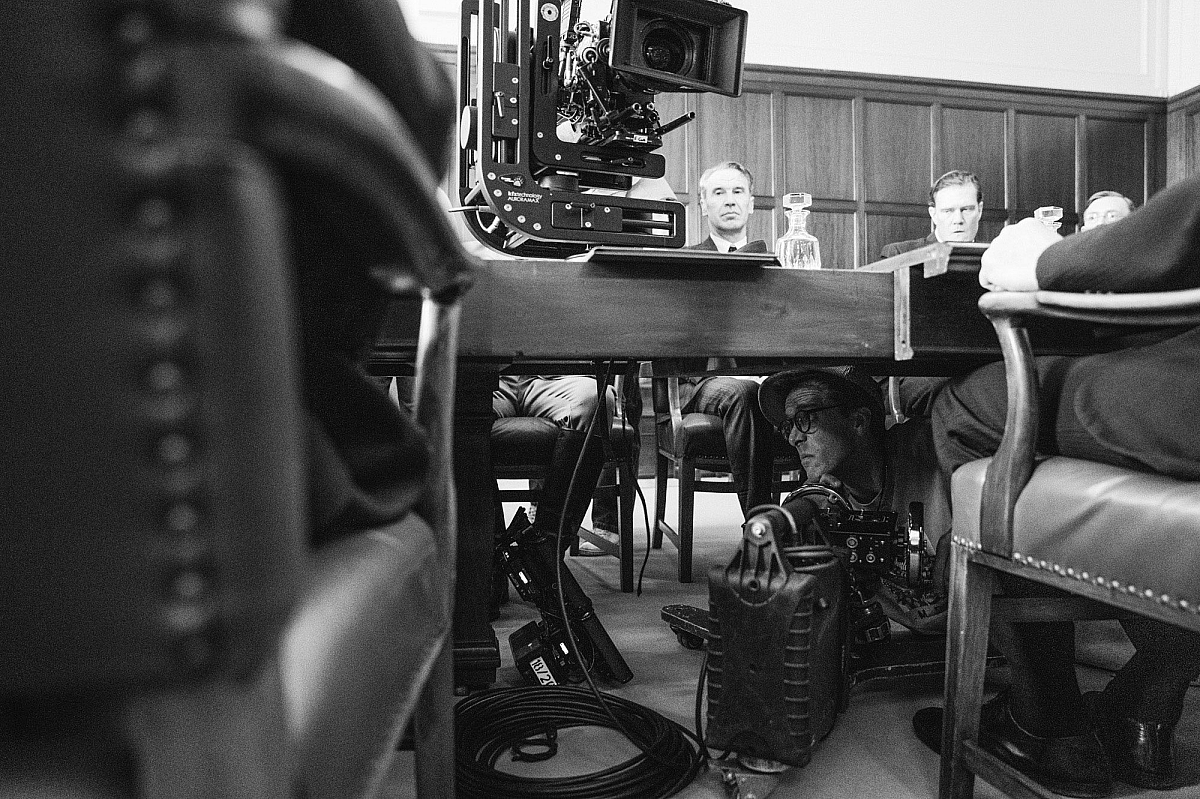
Behind-the-scenes photo from the production of Ava DuVernay's ORIGIN. Photo by Atsushi Nishijima. Courtesy of NEON.
"I operated one of the cameras, Michael Fernandez, a fabulously talented young DP from Los Angeles, operated the other. My dear gaffer friend, Mazi Mitchell, was also on board to ensure consistency between the lighting set-ups as the production travelled around, and ensure the equipment was as inconspicuous as possible when we filmed."
Apart from a 55-inch LED screen in Delhi, Lloyd says he was fortunate to have had a dailies projection set up at each location base.
"This was a real asset in regularly assessing the graded dailies, alongside Ava and key members of the production crew," he says. "Everyone involved understood and supported Ava's vision, and the results are stunning."
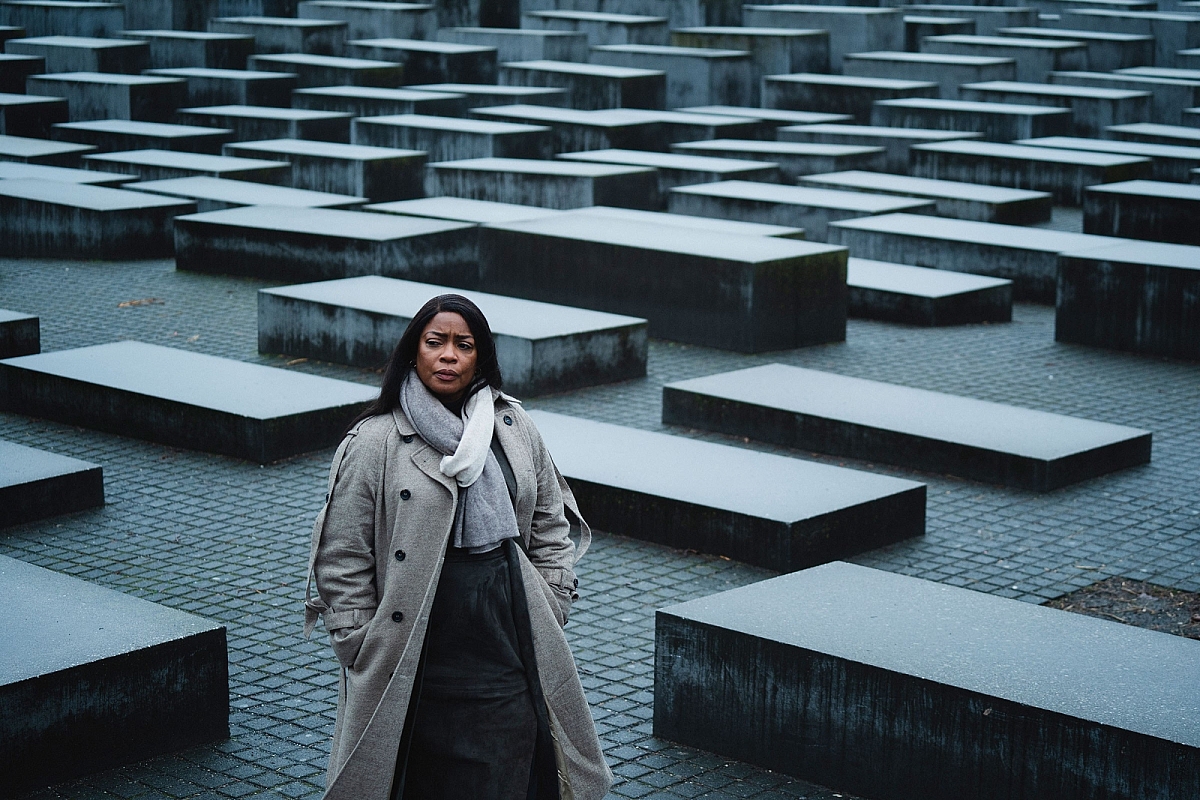
Aunjanue Ellis-Taylor as Isabel Wilkerson in ORIGIN, written and directed by Ava DuVernay. Courtesy of NEON.
DuVernay concludes, "Isabel Wilkerson found beauty in harnessing bravery, ignoring naysayers and turning trauma into triumph. Gratefully, I did too. This film transformed how I think about my work and my life, about love and being. I truly believe if each of us thought a little bit more about our place in the great scheme of things, and how we treated one another, the world would tilt on its axis a little more towards justice, tolerance and understanding.
"I'm so happy that Matthew – along with Paul Garnes and Aunjanue, my leading lady – was my closest collaborator and best friend during production. His daily camaraderie was a source of abundant joy, and his crew nurtured my process of discovery in shooting on film for the first time. I loved shooting on film, I'm addicted, and I want to do it again and again."